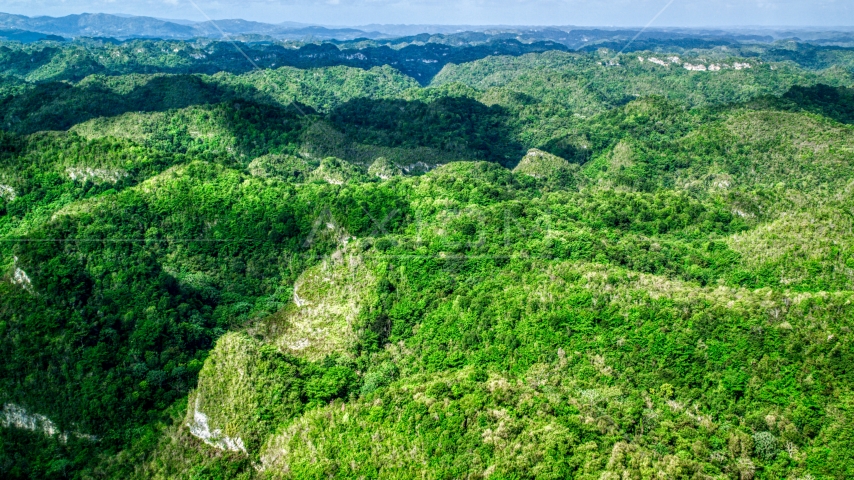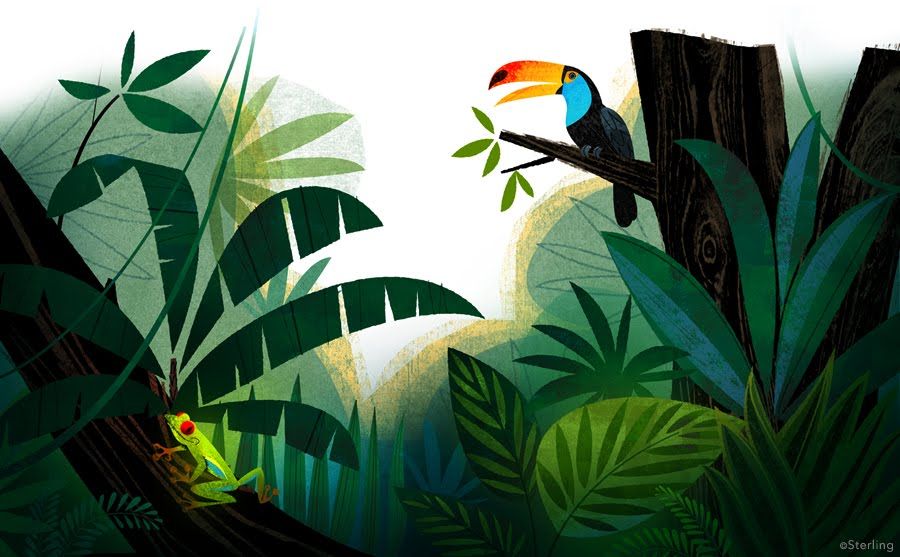Puerto rico jungle: El Yunque National Forest | Discover Puerto Rico
El Yunque, Puerto Rico’s Rainforest: What to Know
As the only tropical rainforest in the United States (the only one!!) El Yunque is the crown jewel among Puerto Rico’s natural gems. But what makes it so special? Why is it so awesome? What do you need to know before visiting? To answer these questions (and many more), check out this El Yunque FAQ—it’ll cover everything you need to know about Puerto Rico’s amazing rainforest.
To learn more about El Yunque—and Puerto Rico’s other amazing natural gems —connect with someone who actually lives in Puerto Rico. They’ll answer all your questions, design a custom itinerary based on your interests, and let you in on everything you need to know. Why see Puerto Rico like a tourist when you could see it like a local? Learn more.
Q: First off: what is El Yunque?
El Yunque | Ricardo’s Photography/Flickr
A: If you’ve been doing research to plan a trip to Puerto Rico, you probably know this already—but El Yunque is an incredible tropical rainforest in the heart of Puerto Rico. It stretches 29,000 acres across the island and is packed with a stunning diversity of plant life, animals, and birds. Originally, the grand forest was considered a holy site by Puerto Rico’s native Taino people.
It stretches 29,000 acres across the island and is packed with a stunning diversity of plant life, animals, and birds. Originally, the grand forest was considered a holy site by Puerto Rico’s native Taino people.
Q: What makes El Yunque so special?
A: El Yunque is the only tropical rainforest in the United States. It’s home to an insane diversity of flora and fauna not found anywhere else, including numerous endangered species. Basically, it’s an incredible and unique nature site that you don’t want to miss.
Q: Where is it?
A: El Yunque is on the eastern side of the island. It’s one of the best things to do if you’re staying in San Juan—the rainforest is less than an hour away.
Pro tip: Ask a local about the best ways to get to and from this awesome Puerto Rico attraction.
Q: What if I’m not staying in San Juan?
A: El Yunque is still totally accessible even if you aren’t in San Juan. Puerto Rico is the size of Connecticut—so everything is accessible! Still, it’ll require a bit more advance planning. From Ponce, the rainforest is about two hours by car. From Rincon (on the other side of the island) it’s more like three. The drive is worth it: exploring El Yunque is definitely one of the best things to do in Puerto Rico.
From Ponce, the rainforest is about two hours by car. From Rincon (on the other side of the island) it’s more like three. The drive is worth it: exploring El Yunque is definitely one of the best things to do in Puerto Rico.
Q: How do people get to El Yunque?
Driving to El Yunque | Xtopher/Flickr
A: The only way to get to El Yunque is by car. You can do this by renting a car, Ubering, or arranging something through a tour company (some hotels offer this). As you plan your trip to Puerto Rico, keep in mind that local trip planners can help with logistics like this!
Q: Can I visit El Yunque on my own?
A: Absolutely. Solo travelers in Puerto Rico love El Yunque. But you may want to get some local advice before doing so. Connect with someone in PR who knows (and loves) the best hiking trails. They can also recommend other great island hikes, and give advice on the best ways to get there.
Q: What can I do at El Yunque?
A: SO MUCH. People love to hike through El Yunque—you can find a myriad of awesome trails which bring visitors through rainforest’s most gorgeous spots.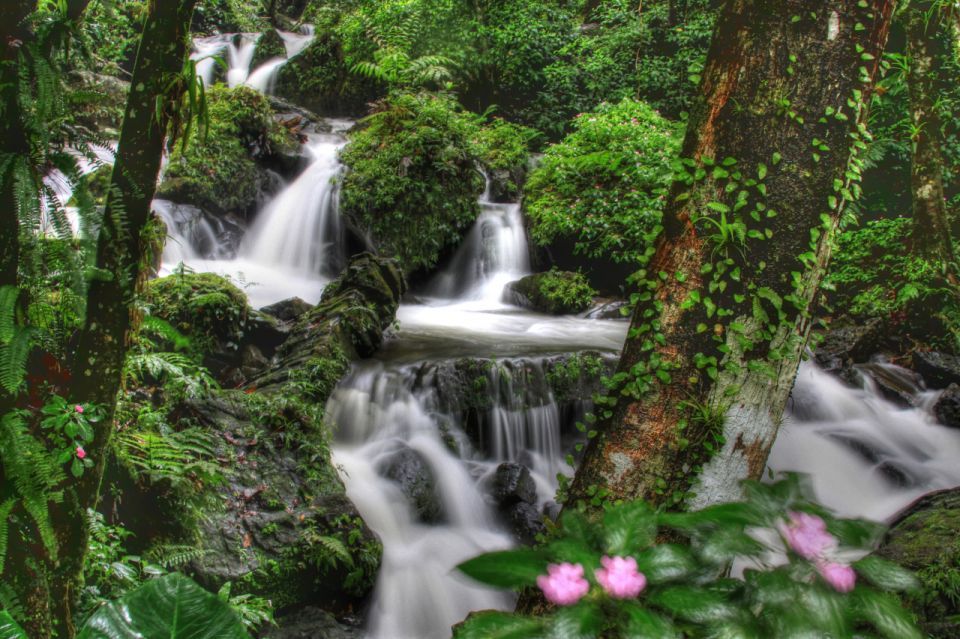 People also love to birdwatch and keep an eye out for rare animals.
People also love to birdwatch and keep an eye out for rare animals.
Q: What kind of animals live in El Yunque?
Puerto Rico parrot | U.S. Fish and Wildlife Service Southeast Region/Flickr
A: El Yunque is full of amazing wildlife—including many endangered species. Watch the branches for the rare, bright-green Puerto Rican parrot, and keep an eye out for coqui frogs that may scramble up the nearby trees. Coqui frogs, plentiful in the rainforest, are actually considered a national symbol of Puerto Rico.
Pro tip: Local legend claims these frogs rain from the trees—this isn’t exactly true, but coqui frogs do sometimes leap from great heights avoid predators, and coast gently to the ground.
Q: Are there waterfalls in El Yunque?
El Yunque waterfall | Doreeno/Flickr
A: Absolutely—El Yunque has several incredibly beautiful waterfalls. La Mina and La Coca waterfalls are consistent favorites—but check with your local to see if they’re currently accessible via trails.
Q: Is El Yunque free to visit?
A: El Yunque is free to visit—it’s one of the many free things to do in and around San Juan. However, unless you rent a car, you will have to pay for an Uber. We get that planning a trip to Puerto Rico can be stressful—so it’s nice to know about all those free activities (and there are a lot!).
Pro tip: Some people choose to pay park rangers for guided tours—usually for around $5.
Q: How much time do people spend there?
A: How much time you spend at El Yunque depends on what you want to do there. Serious hikers could spend an entire day exploring this incredible rainforest—others may want to walk a mile to one of the waterfalls, and then turn around. Basically, it’s up to you!
Q: Is El Yunque safe after Hurricane Maria?
Entrance to El Yunque | Todd Van Hoosear/Flickr
A: Yes, all of Puerto Rico is safe to visit post-Maria—and so is El Yunque. The US Forest Service has worked hard to clear and rebuild trails to make them safe and easy to navigate for visitors.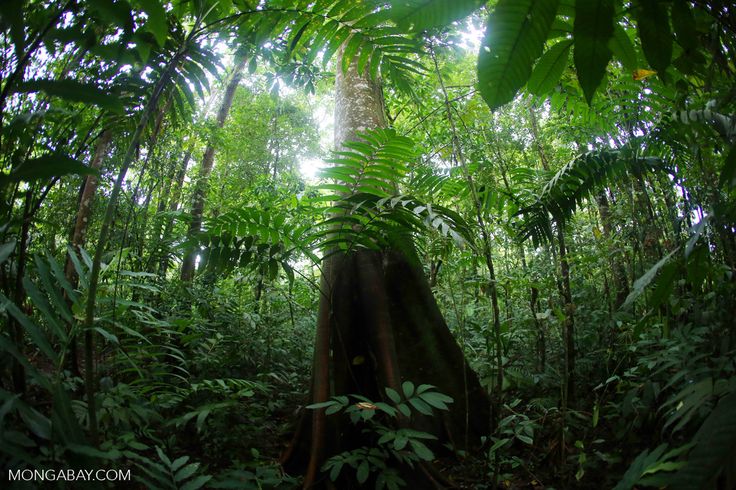
Q: Anything else I need to know about El Yunque?
A: Only that the forest opens at 7:30 am and closes at 6:30 pm—and that it’s absolutely one of the most beautiful places to visit in Puerto Rico. Other logistics info can be found here—including which trails are currently closed. Otherwise, just have fun!
*Bonus*: Guanica: Puerto Rico’s Dry Forest
Guanica State Forest | Geoff Gallice/Wikimedia Commons
For an experience in the complete opposite direction, check out Guanica State Forest, Puerto Rico’s dry forest. Although quite dry (obviously) Guanica is no desert. Rather, the plant life here has adapted to flourish under arid conditions. It’s an incredible thing to explore—just be sure to pack plenty of sunscreen and water!
—
Now that you know more about El Yunque, you’re ready to explore this awesome Puerto Rico rainforest. For even more island insight—for El Yunque and beyond—connect with a Puerto Rican local.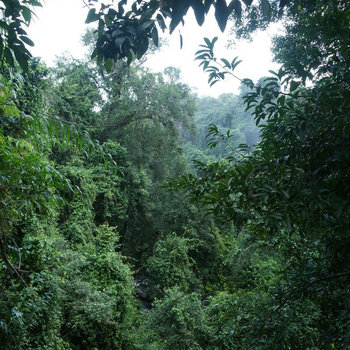 They’ll take you beyond the guidebooks by designing a custom itinerary based on your interests, budget, and travel style. Basically, it’s like having a best friend in Puerto Rico. Questions? Send us a message!
They’ll take you beyond the guidebooks by designing a custom itinerary based on your interests, budget, and travel style. Basically, it’s like having a best friend in Puerto Rico. Questions? Send us a message!
- Connect With a Local to Plan Your Trip
- Where to Stay in Puerto Rico: 14 Amazing Places
- Plan a Trip to Puerto Rico: The Step-by-step Guide
- How to Take a Family Vacation in Puerto Rico
- Puerto Rico Travel FAQ 2022
- Puerto Rico Travel Advisory 2022
- The 27 Best Puerto Rico Vacation Spots
- Contact Us
El Yunque National Forest (Puerto Rico)
El Yunque National Forest is a forest reserve located in northeastern Puerto Rico, located on the slopes of the Sierra de Luquillo mountains. It is the only tropical rainforest in the U.S. National Forest System. High annual rainfall creates a jungle-like setting with lush foliage, crags, waterfalls and rivers.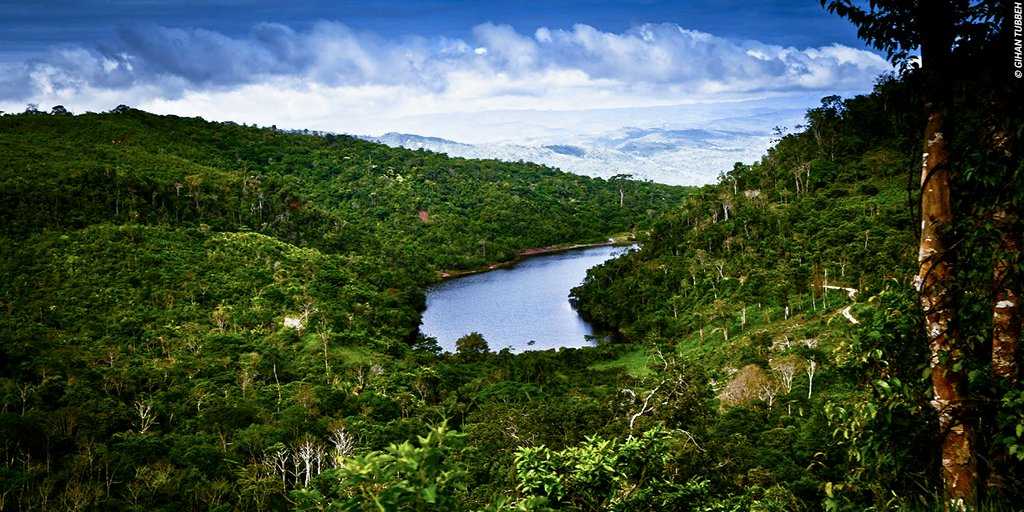
El Yunque National Forest (Bosque Nacional El Yunque) is a forest reserve located in northeastern Puerto Rico. It is the only tropical rainforest in the United States National Forest System.
This forest, formerly known as the Caribbean National Forest, is commonly known simply as “El Yunque,” which may be attributed to either a Spanish approximation of the aboriginal Taíno word yu-ke which means “white lands,” or the word “anvil,” which is yunque in Spanish.
The island of Puerto Rico was formed by volcanic activity during the Triassic period. Thrusting out of the Caribbean Sea, it had no land bridge to any continent. Consequently, the animals of Puerto Rico (and El Yunque National Forest) originally arrived on the island by either swimming, floating or flying, and thus were smaller in size than those found on large continents.
High annual rainfall (over 20 ft a year in some areas) creates a jungle-like setting with lush foliage, crags, waterfalls, and rivers. The second-tallest mountain within El Yunque is also named El Yunque.
The second-tallest mountain within El Yunque is also named El Yunque.
El Yunque National Forest is located on the slopes of the Sierra de Luquillo mountains, encompassing 28,000 acres (43.753 sq mi or 113.32 sq km) of land, making it the largest block of public land in Puerto Rico. The highest mountain peak in the forest rises 3,494 ft (1,065 m) above sea level
The rainforest has a number of trails from which the jungle-like territory’s flora and fauna can be appreciated. El Yunque is also renowned for its unique Taíno petroglyphs.
Because Puerto Rico is south of the Tropic of Cancer, it has a tropical climate. There is no distinct wet or dry season in El Yunque; it rains year-round. The temperature and length of daylight remain fairly constant throughout the year.
The average temperatures in the summer are 26 °C (80 °F) high and 20 °C (68 °F) low. In the winter the average temperatures are 22 °C (72 °F ) high and 15 °C (58 °F) low. Temperatures can drop below 10 °C (50 °F) on clear nights during the winter but never below freezing. All of these factors provide a year-round growing season.
All of these factors provide a year-round growing season.
The rainforest ecosystem is exposed to constant cloud cover and persistent winds produced by the adiabatic process of air particles rushing up through the mountainside has affected the morphology of El Yunque. El Yunque is composed of four different forest vegetation areas:
- Tabonuco Forest
- Palo Colorado Forest
- Sierra Palm Forest
- Dwarf Forest
The Dwarf forest ecosystem is located at around 910 m (3,000 ft) and composes the smallest sub-region in El Yunque. The forest is characterized by a variety of vegetation that is only found in Puerto Rico.
The vegetation shows stunted growth in which the diameter of the trunk is widened and the number of leaves on the branches is lower than expected. Other specific factors that affect the growth of this sub-region are the high level of acidity and poor water runoff from the soil.
Although many species have adapted to these harsh environments, five species frequent the dwarf forest: Ocotea spathulata, Tabebuia rigida, Calyptranthes krugii, Eugenia borinquensis and Calycogonium squamulosum. Another abundant type of plant in the dwarf forest is epiphytes.
El Yunque supports a vast array of animal and plant life that varies depending on the altitude range in the rainforest. The great amount of competition in the canopy does not allow lower-level plants to develop and prosper.
The characteristic of having a widened tree trunk is ideal for epiphytes that require a host to live. Therefore, a substantial amount of epiphytic plants have cemented their existence in the flora of El Yunque, specifically in the dwarf forest due to the moisture, precipitation and protection from the sun.
Although the El Yunque National Forest is one of the smallest forests in the U.S. National Forest System (roughly 11,300 ha or 28,000 acres), it is one of the most biologically diverse areas that the agency manages.
El Yunque National Forest contains over 240 species of native trees, of which 88 are rare and 23 are only found in the forest. Along with the trees, the El Yunque National Forest includes 50 species of native orchids and over 150 species of ferns.
This relatively small land area also supports 127 species of terrestrial vertebrates (land animals with backbones) and 10 species of aquatic invertebrates (water animals without backbones).
The El Yunque National Forest is the habitat of a total of 5 endangered species (meaning they may die out in a short time) and 1 threatened species (meaning it has the potential of dying out over a long lapse of time).
The Puerto Rican Parrot (Amazona vittata) is one of the ten rarest birds in the world and is only found on the Island of Puerto Rico. It is a small parrot that measures 28-30 cm (11-11.8 in). Its coloring is predominantly green with a red forehead and white rings around the eyes. The species is the only remaining native parrot in Puerto Rico.

The island parrot population was estimated to number in the hundreds of thousands when first encountered during Columbus’ second voyage of discovery. It dropped to a low of 13 birds in 1975. After this date the population reached an estimated 47 birds in the wild, declining again to 23 birds after Hurricane Hugo in 1989. Currently, the wild flock is climbing but challenges are many and its future still hangs in the balance.
There are a total of 79 adult birds in captivity in the aviaries of the El Yunque National Forest and Rio Abajo State Reserve. The remaining parrots and their nesting habitat are constantly monitored and managed through a cooperative effort between the Forest Service, the U.S. Fish and Wildlife Service, and the Puerto Rican Department of Natural Resources.
The Puerto Rican Boa (Epicrates inornatus) is found throughout the island and lives in El Yunque below an elevation of 365 m (1200 ft). Although the recovery plan for the boa was approved in 1986, its ecology is only now being understood through research conducted by the USDA Forest Service International Institute of Tropical Forestry.

The Puerto Rican Broad-winged Hawk (Buteo platypterus brunnescens) is a subspecies of the broad-winged hawk and is found in isolated mountain areas preferring to hunt from lofty perches. This hawk’s prey consists of frogs, lizards, other birds and insects.
As of 1992, the population on the island was estimated at approximately 124 individuals. Its decline has been due to forest destruction and habitat loss due to construction.
The Puerto Rican Sharp-shinned Hawk (Accipiter striatus venator), another subspecies of the sharp-shinned hawk, is a small forest hawk. Currently, it is restricted to five isolated mountain-forest areas. Primarily it feeds on small birds. If one is fortunate it may be seen streaking by in the forest. Nest failures, deforestation and habitat loss due to construction have played a significant role in the decline of this species.
vimeo.com/video/247903869?autoplay=0″>
Approximately 16 species of common coqui, members of the diverse neotropical frog genus Eleutherodactylus, are known in Puerto Rico. Of these 16, 13 have been found in El Yunque National Forest.
This small frog earned its Puerto Rican common name due to the call of the most common coquí species in Puerto Rico, Eleutherodactylus coqui, which begins as the sun sets and ends in the early dawn. This has made it an animal of great endearment to Puerto Ricans.
Although the coquí is an amphibian, it possesses some features that are unusual in frogs. These differences are seen mainly in its morphology, reproduction and developmental stages. In terms of morphology, the coquí does not have webbing between its toes because it is a tree dweller in moist environments.
Another significant difference is that it does not have a definitive larval stage and the eggs laid by the female are terrestrial instead of aquatic. This means that a miniature frog-let, rather than a tadpole, arises from the incubation period.
This means that a miniature frog-let, rather than a tadpole, arises from the incubation period.
Neotropical migrant birds breed in North America and migrate to the south for the winter. Approximately 35 species of these migratory birds either winter or pass through El Yunque during this season. They contribute significantly to the total animal diversity of the forest. The recent decline in the population of migratory birds throughout North America, Mexico, Central America and the Caribbean is of growing concern.
Major causes of declines in the populations of many of these species are believed to stem from the fragmentation of North American breeding habitats; also the loss of wintering habitats in Mexico, Central and South America, and the Caribbean.
Rivers and streams provide aquatic habitats for organisms that are important elements of the forest’s biological diversity. Most perennial (flowing year-round) and many ephemeral (flowing for short periods yearly) streams in the forest support many aquatic species.
Aquatic species include seven species of fish, nine species of freshwater shrimp and one species of freshwater crab. For ecological as well as recreational reasons the forest’s aquatic resource values are very significant.
Within the forest boundary, exists some of the most pristine and productive aquatic habitats remaining on the island. These nonrenewable resources are illegally fished with traps and spears. Harvest of these species is as yet unregulated, both on and off the forest.
Monitoring surveys to determine their distribution, habitat needs, population status and population trend are conducted regularly to protect these aquatic members of the forest’s family.
Welcome to the jungle – description, poster, frames and photos, video. Besedka.TV
Poster. Movie Welcome to the Jungle
USA, Puerto Rico, UK | 2012 | 94 min. | adventure, comedy, action
Movie Search 4. 95 IMDb 5
95 IMDb 5
USA, Puerto Rico, UK
adventure, comedy, action
2012
94
Rob Melzer
Jean-Claude Van Damm, Rob Hubel, Megan Bun, Christopher Van Vanberg, Kristen Shaal, Aaron Takahashi, Adam Brody, Dennis Hayisbier
The content of the film “Welcome to the Jungle”:
A business seminar organized on a desert island becomes a disaster when employees have to fight for survival …
An office team goes to a two-day team building seminar on a desert island. The group includes Chris, a mild-mannered office worker, and Scout Eagle Phil, a manipulative bully who steals his ideas; Lisa, the HR manager and Jared, the sarcastic slacker. However, when the pilot is found dead and Storm, their former marine guide, is mauled by a tiger, the office workers have to fend for themselves.
Phil tries to take over but the group votes for Chris. Phil immediately wants to sacrifice Javier so they can eat him. He finds coffee and adds a hallucinogenic herb that causes an orgy among some of the employees. They split into two teams. Chris’ team consists of Lisa, Jared and Brenda. Phil feeds his team psychedelic herbs and believes he is God. Chris’ team finds an abandoned building with supplies. Chris’ team is taken over by Phil’s group and Chris defeats Phil by pretending to be a better God.
He finds coffee and adds a hallucinogenic herb that causes an orgy among some of the employees. They split into two teams. Chris’ team consists of Lisa, Jared and Brenda. Phil feeds his team psychedelic herbs and believes he is God. Chris’ team finds an abandoned building with supplies. Chris’ team is taken over by Phil’s group and Chris defeats Phil by pretending to be a better God.
The ship rescues workers, except for Phil. Storm is arrested for impersonating a Marine. Chris gets Phil’s job but quits, taking Lisa with him.
Photo of the movie “Welcome to the Jungle”:
Movie “Welcome to the Jungle”
Movie “Welcome to the Jungle”
Movie “Welcome to the Jungle”
Movie “Welcome to the Jungle”
Movie “Welcome to the Jungle”
Movie “Welcome to the Jungle”
Comments
Puerto Rico • Photoblog of Dmitry Nevozhay
Photos from a recent trip to Puerto Rico.